Choosing the right line for fishing: braided or nylon
When it comes to fishing, choosing the right line is of fundamental importance to obtain good results. Different techniques and environmental conditions require specific materials, and among the available alternatives, braided line and nylon stand out for their unique characteristics. Each of these filaments has advantages and disadvantages, and knowing them is essential to optimize the fishing experience. In this article, we will analyze the differences between the two types of filaments, offering clear information and useful tips to help the fisherman in his choice.
Characteristics of braided wire
Braided line, also known as "braided line", is a filament made up of multiple twisted threads. This particular structure gives braided line a higher resistance than nylon, making it perfect for catching large fish. One of its main strengths is sensitivity, since, thanks to a reduced water absorption, it can instantly detect even the most delicate bites.
Furthermore, its poor visibility in the water makes it easier to camouflage the line from the eyes of fish. However, it is also important to consider some disadvantages: braided line tends to slip more easily in knots and can be less resistant to impacts with rocks or rough surfaces, so it is necessary to pay particular attention during use.
Advantages and disadvantages of nylon
On the other hand, nylon is the traditional choice for anglers of all levels. This filament is appreciated for its elasticity, which offers excellent cushioning during fish fights, reducing the risk of breakages. Another positive aspect is the cost, as nylon lines are generally more affordable than braided lines, thus being advantageous for beginners or occasional anglers.
However, while the smooth surface of nylon improves its casting performance and abrasion resistance, it may not provide the same sensitivity as braid. Therefore, an angler may not immediately feel a bite, especially in challenging fishing conditions.
When to use braid and nylon
The choice between braided line and nylon depends mainly on the type of fishing practiced and the environmental conditions. For fishing in the open sea or in stagnant waters, where sensitivity and resistance are crucial to tackle large fish, braided line often proves to be the ideal solution.
On the contrary, for freshwater fishing in calm waters or for spinning, nylon could be more appropriate, thanks to its ability to absorb vibrations and to guarantee excellent maneuverability. In particularly technical fishing situations, such as drifting in turbulent waters, it is possible to opt for a combination of both filaments, taking advantage of the strengths that each of them offers.
Choosing the right fishing line requires careful consideration of your style and the specific conditions in which you intend to operate. Both braided and nylon lines have excellent qualities, and the final decision should reflect the practical needs and personal preferences of the angler. Considering various factors, such as the type of fish and the environment in which you are fishing, will allow you to optimize the equipment and improve the fishing experience. Finally, it is essential not to forget to perform proper maintenance of the line to ensure optimal performance over time.

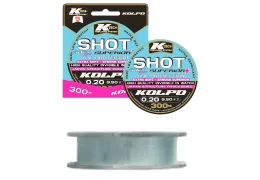
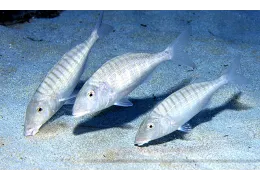
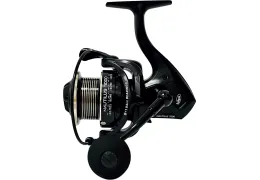
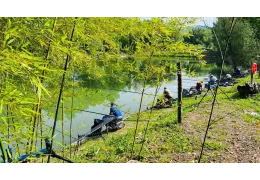

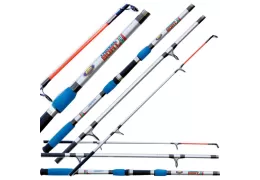
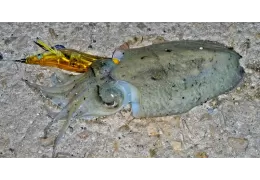
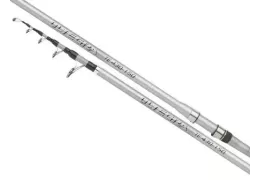



Leave a comment
Log in to post comments